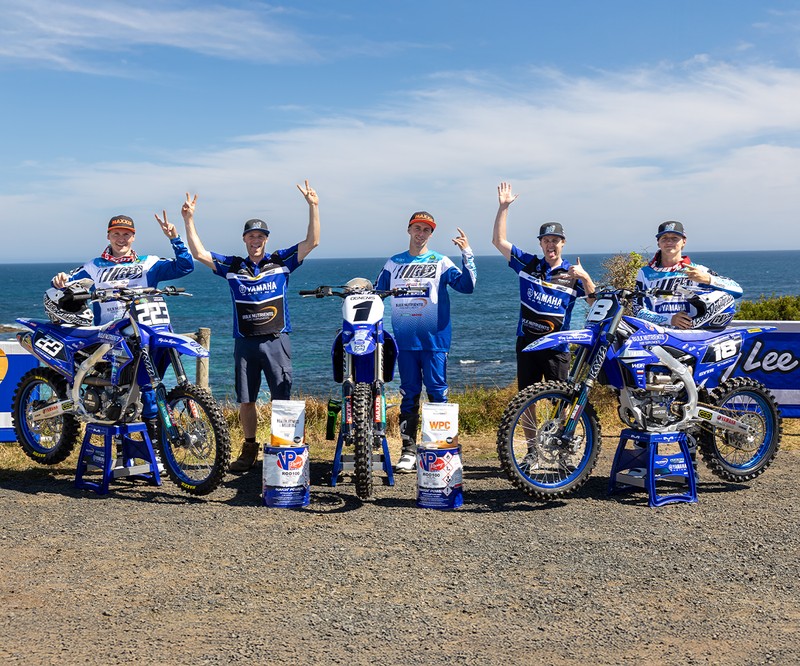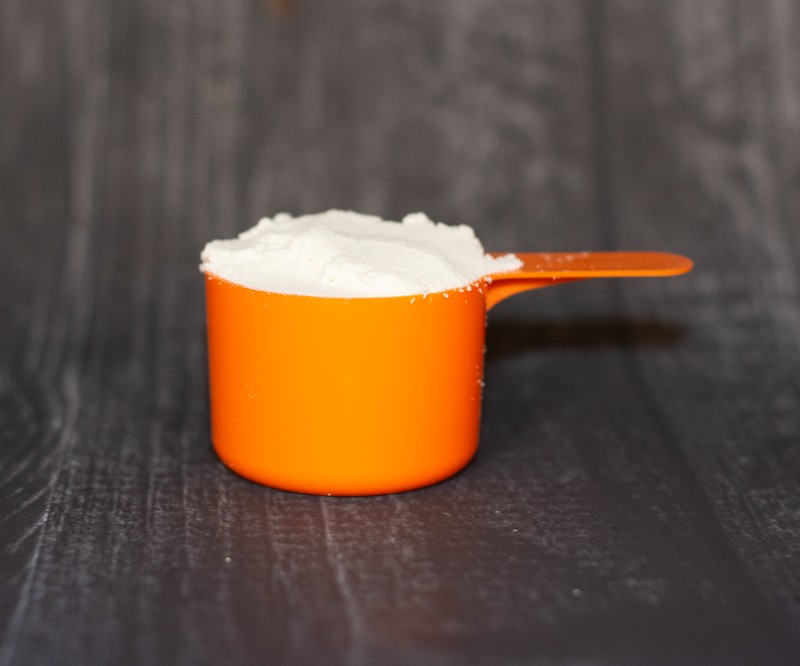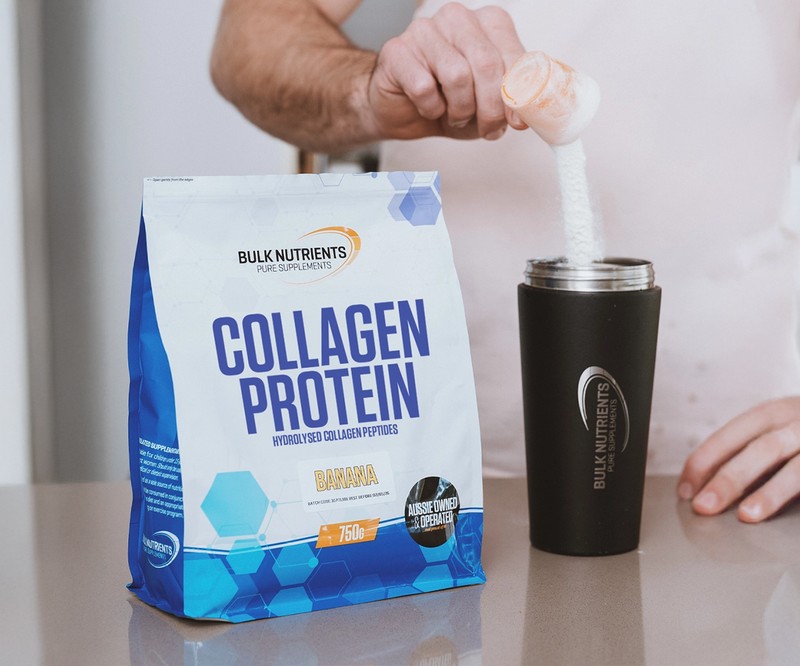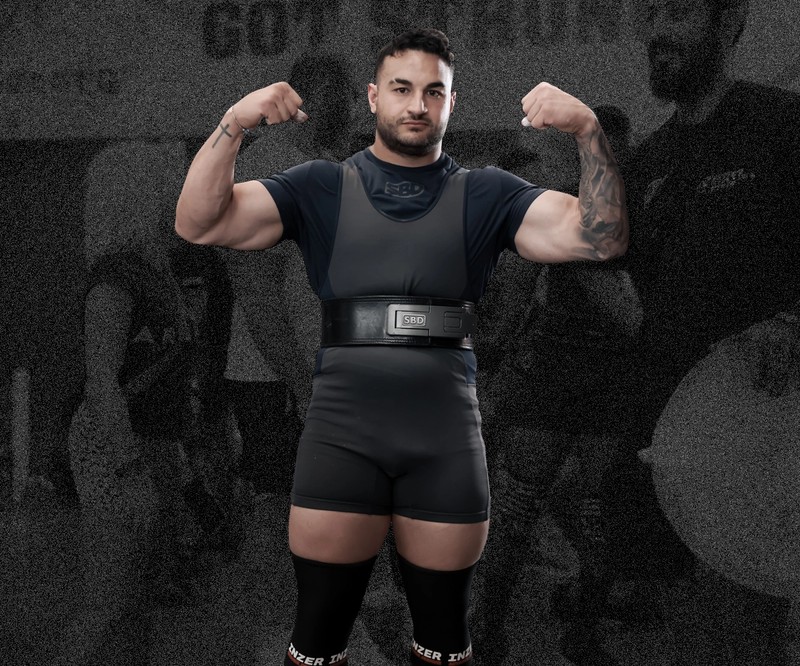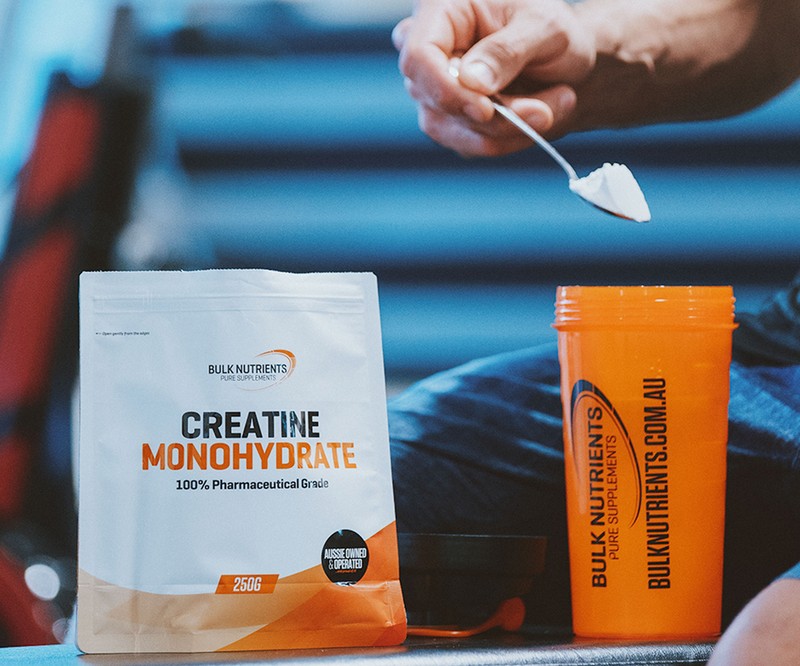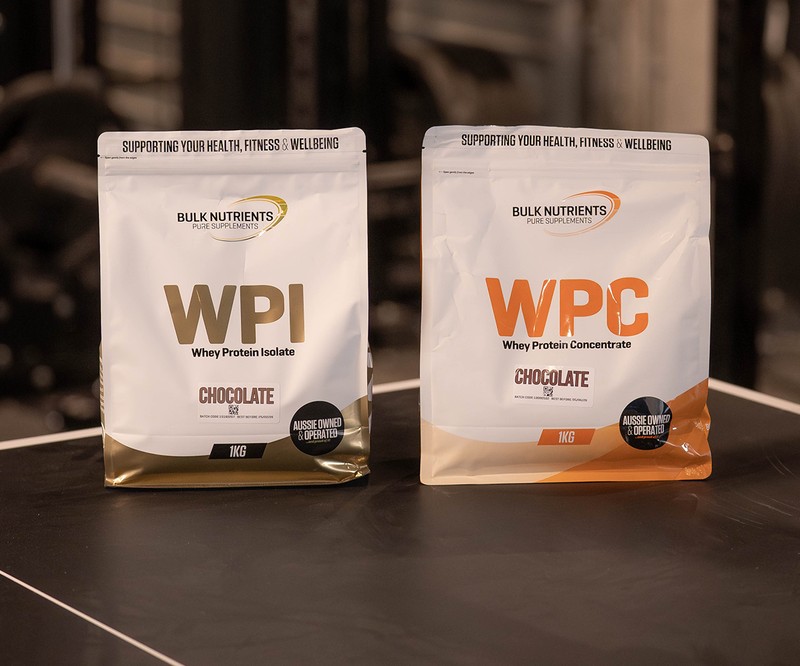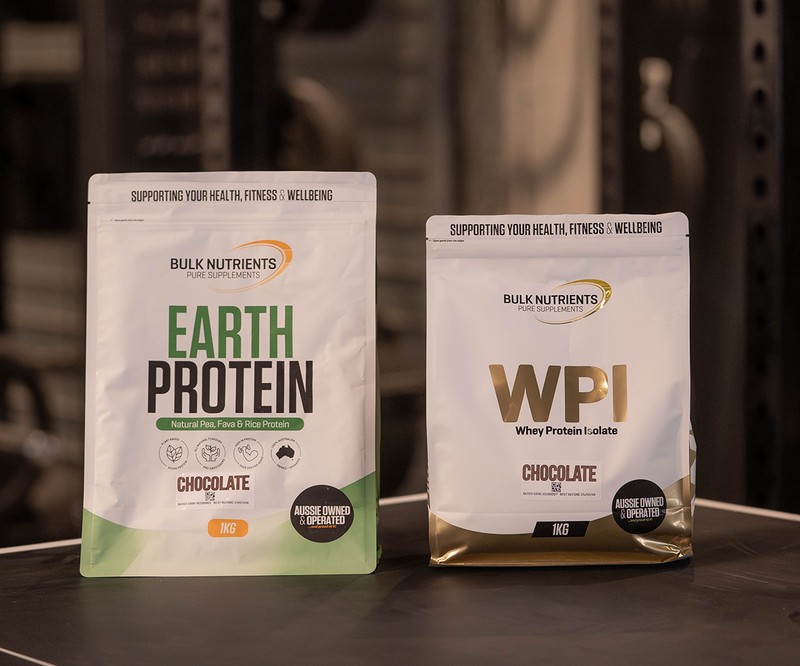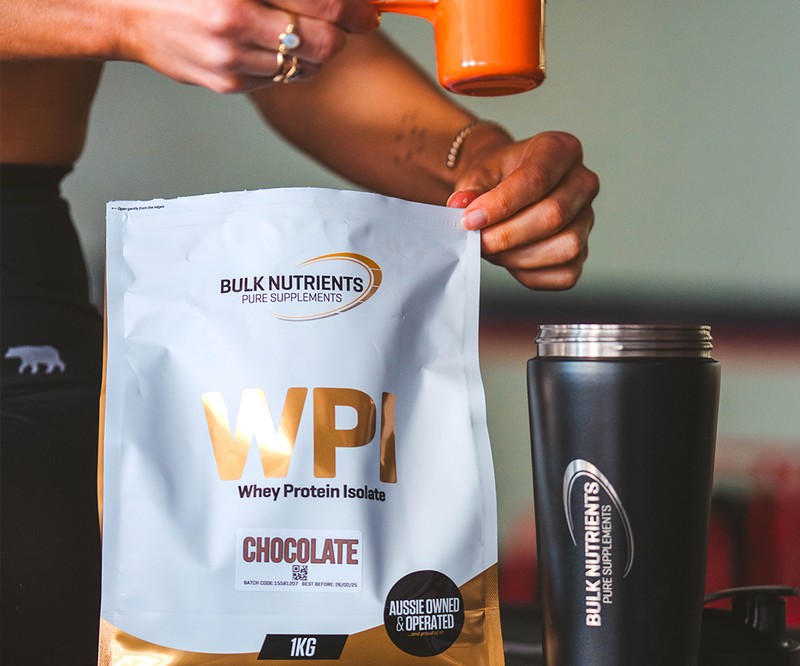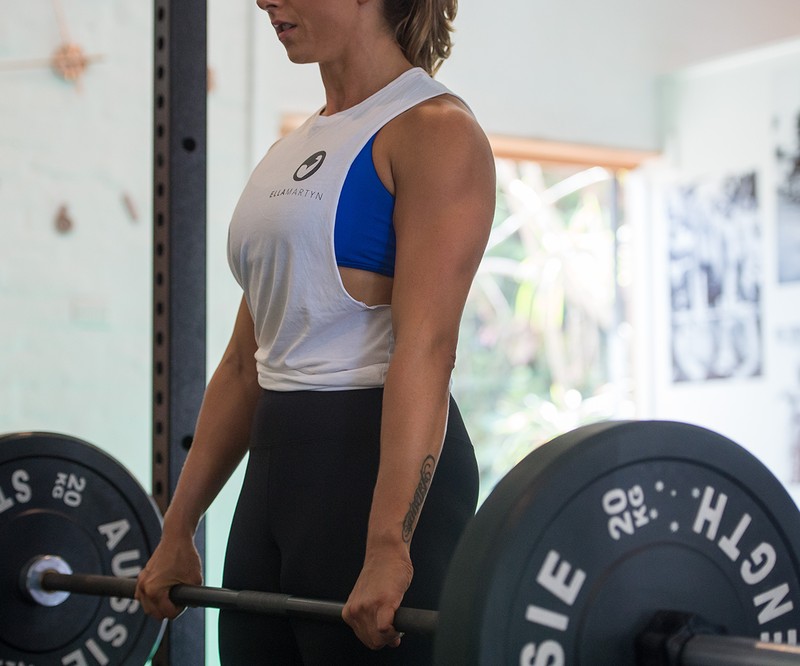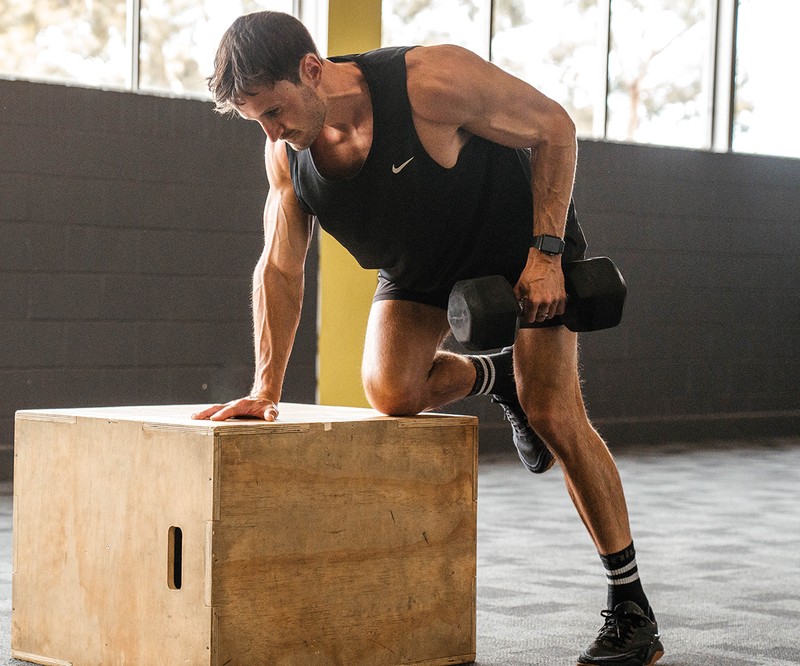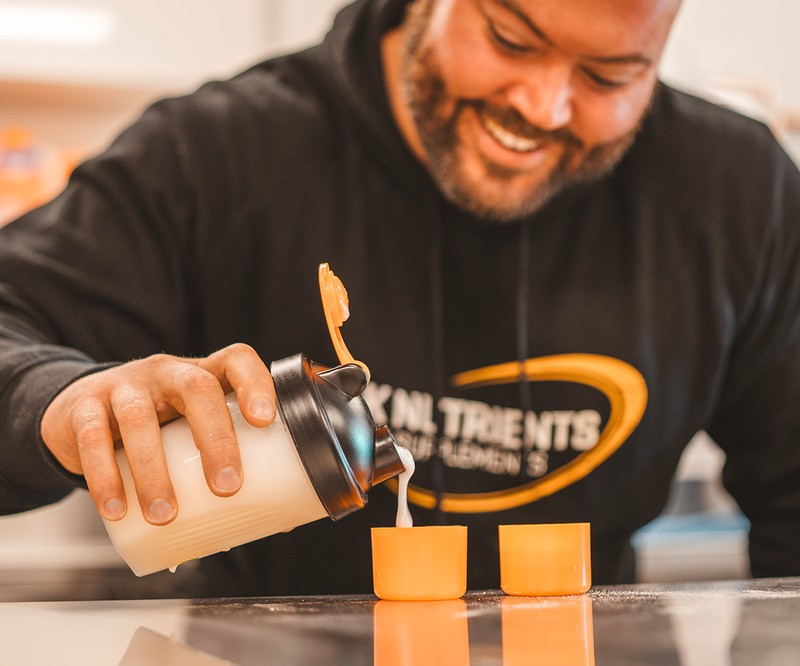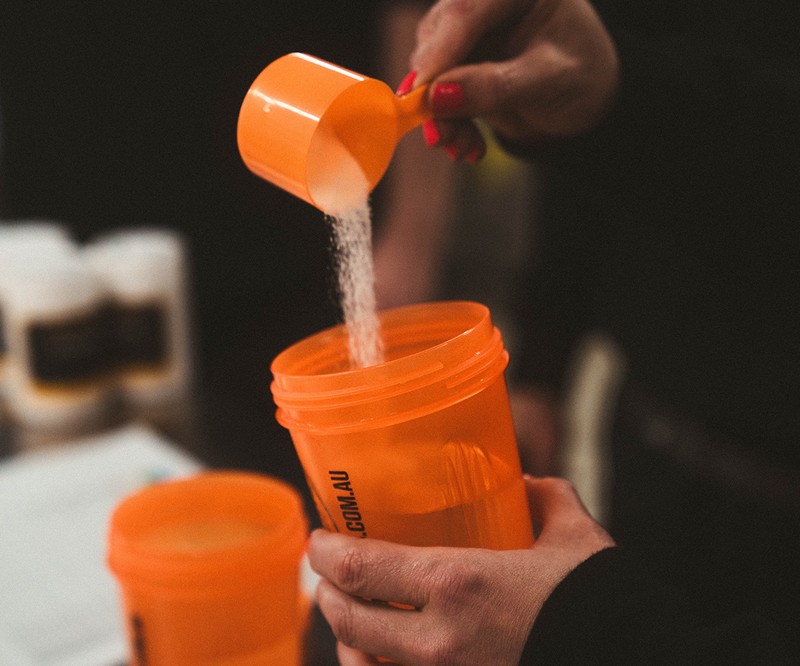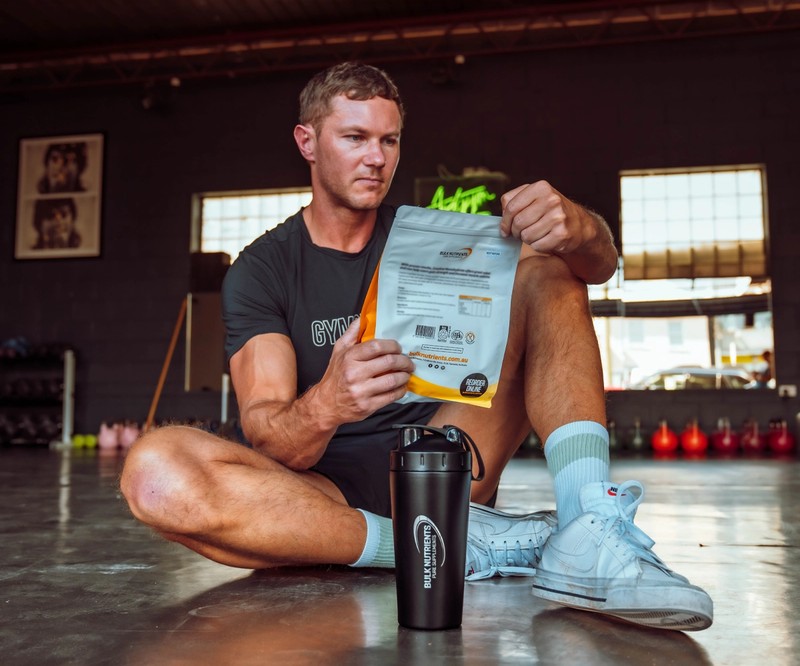Should We Always Train to Muscle Failure for Optimal Muscle Growth?
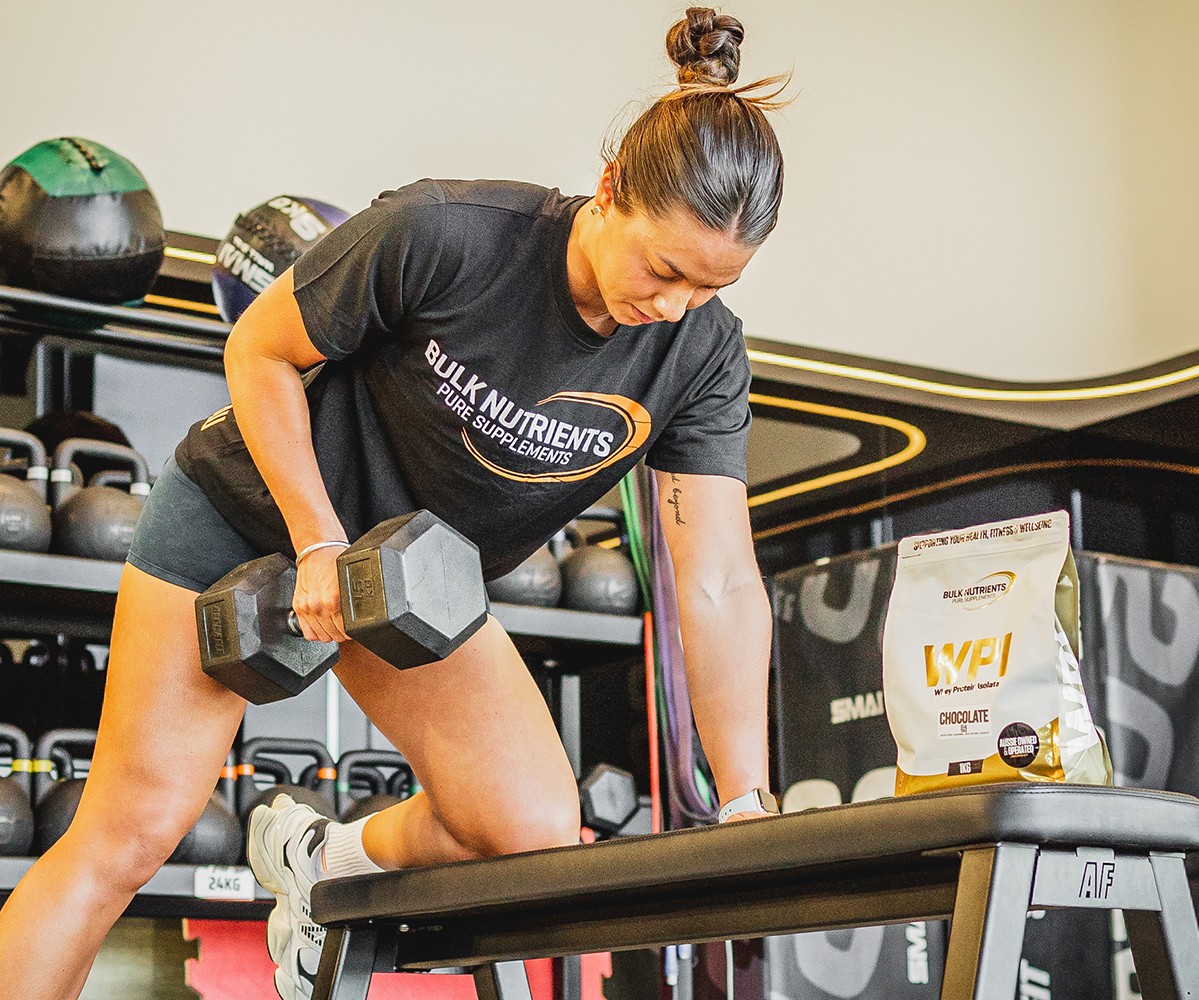
Muscle failure: Is it the best for optimal muscle growth?
Training to failure is defined as completely fatiguing your muscles during exercise by lifting as many reps as possible. When you can’t curl those dumbbells anymore, that’s muscle failure!
So to discover the best possible answer, researchers recently performed a meta-analysis, which involves gathering a heap of studies on a topic, analysing the data, and then drawing a conclusion. Their research found that training to failure isn’t necessary for maximising muscular strength or hypertrophy.
What's the best exercise for bicep growth? Find out in our detailed guide.
So that’s it? We should never train to muscle failure again and cruise through our workouts and enjoy maximal muscle growth?
Well, not quite...
Only 15 studies met the authors criteria and they admitted there are gaps in the literature that means a definitive answer isn’t possible yet. But all hope is not lost! They still have some important advice for us.
The truth is (and the big findings were) that training to failure for prolonged periods can result in overtrained muscles and slower growth; doing it on every set is not a good idea.
Further research reports that training to failure excessively leads to muscle damage in comparison to non-failure workouts. And perhaps more critically, overtraining was shown to extend the recovery period.
So constant training to failure for the best muscle growth results is not the way to go, so then what is?
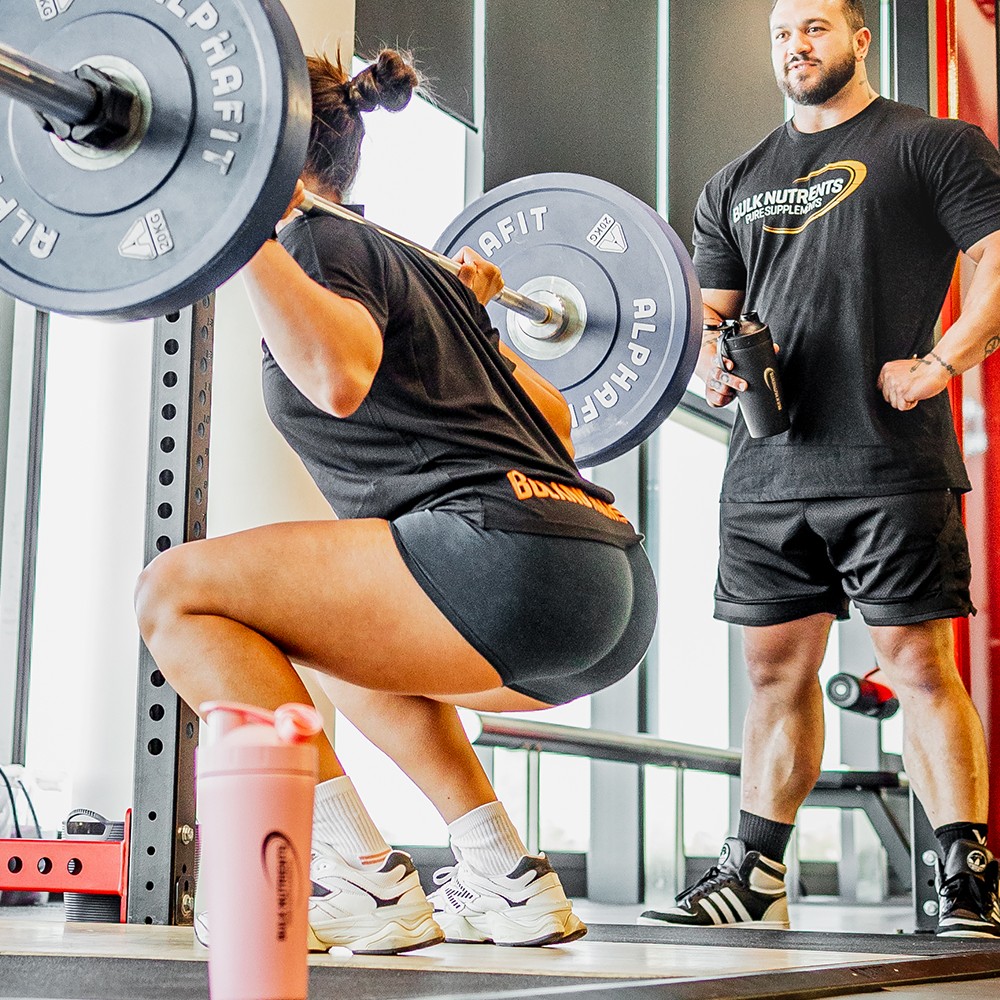
Bodybuilding tips: The truth about muscle failure for muscle size
The researchers suggest that training a few reps shy of muscle failure may be the best bet and that a handful of sets to muscle failure may be necessary and thus is recommended.
They point to other studies that back up this recommendation (we’ll tell you how to implement this practically in a moment!).
That aforementioned study suggests secondary isolation exercises (cable flies, lat pulldowns, machines, etc) should be performed at a rep range of 8-12 and about 0-2 reps shy of failure, and primary compound movements performed at a 6-10 rep range, with 2-4 reps shy of muscle failure. So take a snapshot of this ahead of your next workout:
- Secondary isolation exercises: (cable flies, lat pulldowns, machines, etc) 8-12 reps at 0-2 reps shy of muscle failure.
- Compound movements: (Bench press, squats, deadlifts, etc) 6-10 reps at 2-4 reps shy of muscle failure.

Practical Applications: Sample workout of muscle failure training for muscle growth
With this in mind, let’s use the hypothetical example of Bulk Nutrients customer “Jason,” who is looking to increase muscle mass as much as possible.
Jason’s Tricep Workout:
5 x Tricep pushdowns, a secondary isolation exercise:
- 20 reps [2 reps shy of failure].
- 15 reps [2 reps shy of failure].
- 12 reps [1 rep shy of failure].
- 8 reps [ 1 rep shy of failure].
- 8 reps [Total muscle failure].
4 x Plated bench dips, a primary compound movement
- 10 reps [4 reps shy of failure].
- 8 reps [2 reps shy of failure].
- 8 reps [2 reps shy of failure].
- 6 reps [total muscle failure].
3 x Skull crushers, a secondary isolation exercise:
- 10 reps [2 reps shy of failure].
- 8 reps [1 rep shy of failure].
- 6 reps [total muscle failure].
So we can see how “Jason” is performing 3 sets out of 12 to total muscle failure, with the rest within range of what was recommended by the meta-analysis that is the focal point of this article. As the researchers mentioned, this puts “Jason” on track to grow maximal muscle size without the potential of overtraining.
Protein for recovery: Avoiding overtraining
We can complement our intense workouts and get on the road to recovery faster by making sure we get enough protein. Research suggests we consume about 1.6 grams of protein per kilogram of body weight per day, and up to 2.2 grams if need be.
Because it can be hard to get enough protein when we need it, a protein powder supplement is a convenient (and low-calorie) way to consume enough protein every day.
Our Bulk Nutrients Whey Protein Concentrate (WPC) comes in multiple flavours that will make this duty a breeze.

We hope that your question has now been somewhat answered: training for muscle failure all the time is not ideal, and only doing so for a handful of sets might be better. More research is needed, and a definitive answer or program is not yet possible due to the infantry stages of research.
But there is still enough data to recommend that leaving some reps in the tank on the majority of exercises (which varies depending on whether or not they are compound movements or secondary isolation exercises), may be ideal to ensure we don’t become overtrained and go backwards.
By keeping this in mind, you can ensure you progress with your muscle growth as best you can!
References:
- González-Hernández, J., García-Ramos, A., Colomer-Poveda, D., Tvarijonaviciute, A., Cerón, J., Jiménez-Reyes, P. and Márquez, G., 2020. Resistance Training to Failure vs. Not to Failure: Acute and Delayed Markers of Mechanical, Neuromuscular, and Biochemical Fatigue. Journal of Strength and Conditioning Research, [online] 35(4), pp.886-893. Available at: pubmed.ncbi.nlm.nih.gov/33306589/.
- Helms, E., Cronin, J., Storey, A. and Zourdos, M., 2016. Application of the Repetitions in Reserve-Based Rating of Perceived Exertion Scale for Resistance Training. Strength & Conditioning Journal, [online] 38(4), pp.42-49. Available at: ncbi.nlm.nih.gov/pmc/articles/PMC4961270/.
- Morán-Navarro, R., Pérez, C., Mora-Rodríguez, R., de la Cruz-Sánchez, E., González-Badillo, J., Sánchez-Medina, L. and Pallarés, J., 2017. Time course of recovery following resistance training leading or not to failure. European Journal of Applied Physiology, [online] 117(12), pp.2387-2399. Available at: pubmed.ncbi.nlm.nih.gov/28965198/.
- Stokes, T., Hector, A., Morton, R., McGlory, C. and Phillips, S., 2018. Recent Perspectives Regarding the Role of Dietary Protein for the Promotion of Muscle Hypertrophy with Resistance Exercise Training. Nutrients, [online] 10(2), p.180. Available at: https://pubmed.ncbi.nlm.nih.gov/29414855/.
- Vieira, A., Umpierre, D., Teodoro, J., Lisboa, S., Baroni, B., Izquierdo, M. and Cadore, E., 2021. Effects of Resistance Training Performed to Failure or Not to Failure on Muscle Strength, Hypertrophy, and Power Output: A Systematic Review With Meta-Analysis. Journal of Strength and Conditioning Research, [online] 35(4), pp.1165-1175. Available at: pubmed.ncbi.nlm.nih.gov/33555822/.
Related Blogs

Signs you're fatigued and how to overcome it
Posted by Bulk Nutrients
Estimated reading time: 6 minutes
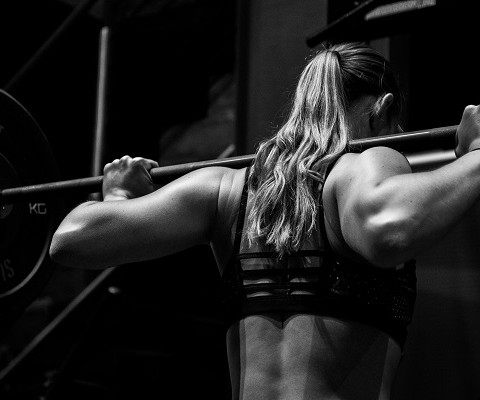
Do You Have to Get Stronger to Get Bigger?
Posted by Bulk Nutrients
Estimated reading time: 5 minutes

